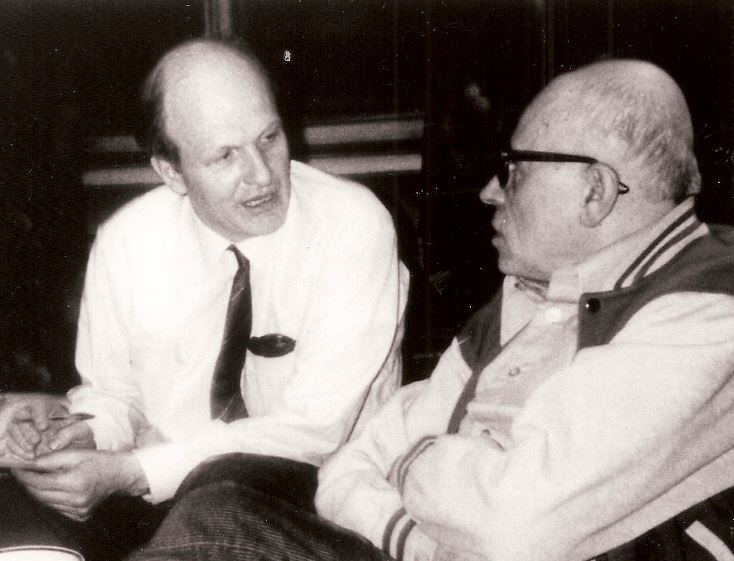FAS’s Contribution to Ending the Cold War Nuclear Arms Race

by Frank von Hippel
“When, at Jeremy Stone’s instigation, I was elected chair of the Federation of American Scientists in 1979, I had no idea what an adventure that I was about to embark upon. This adventure was triggered by President Reagan taking office in 1981 and resulted in FAS making significant contributions to ending the U.S.-Soviet nuclear arms race and the Cold War. This was not the President Reagan we remember now as the partner of Mikhail Gorbachev in ending the Cold War. This was a president who had been convinced by the Committee on the Present Danger that the United States was falling behind in the nuclear arms race and was in mortal danger of a Soviet first nuclear strike…”
The FY2026 National Defense Authorization Act (NDAA) paints a picture of a Congress that is working to both protect and accelerate nuclear modernization programs while simultaneously lacking trust in the Pentagon and the Department of Energy to execute them.
While advanced Chinese language proficiency and cultural familiarity remain irreplaceable skills, they are neither necessary nor sufficient for successful open-source analysis on China’s nuclear forces.
Satellite imagery has long served as a tool for observing on-the-ground activity worldwide, and offers especially valuable insights into the operation, development, and physical features related to nuclear technology.
This report outlines a framework relying on “Cooperative Technical Means” for effective arms control verification based on remote sensing, avoiding on-site inspections but maintaining a level of transparency that allows for immediate detection of changes in nuclear posture or a significant build-up above agreed limits.